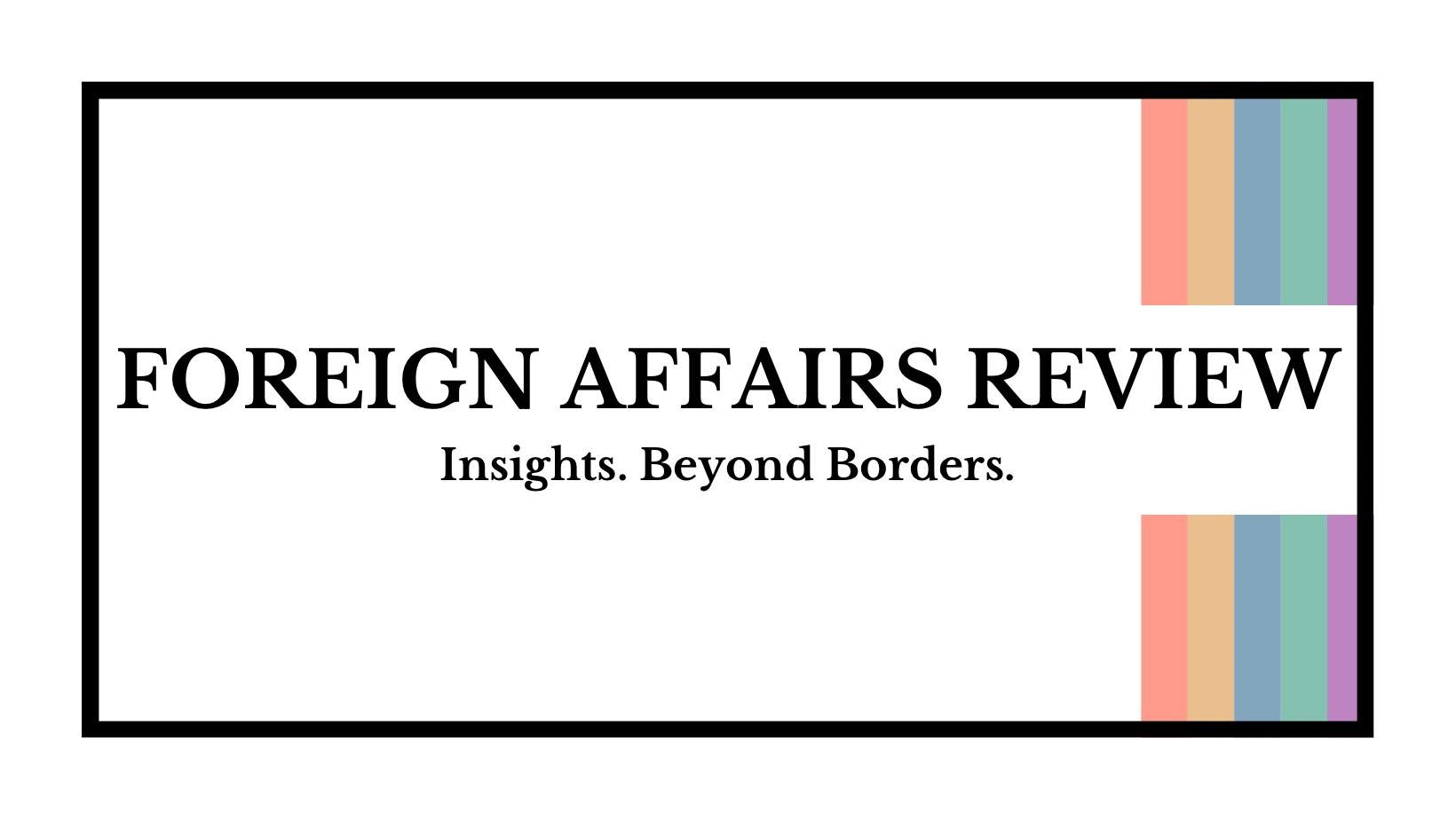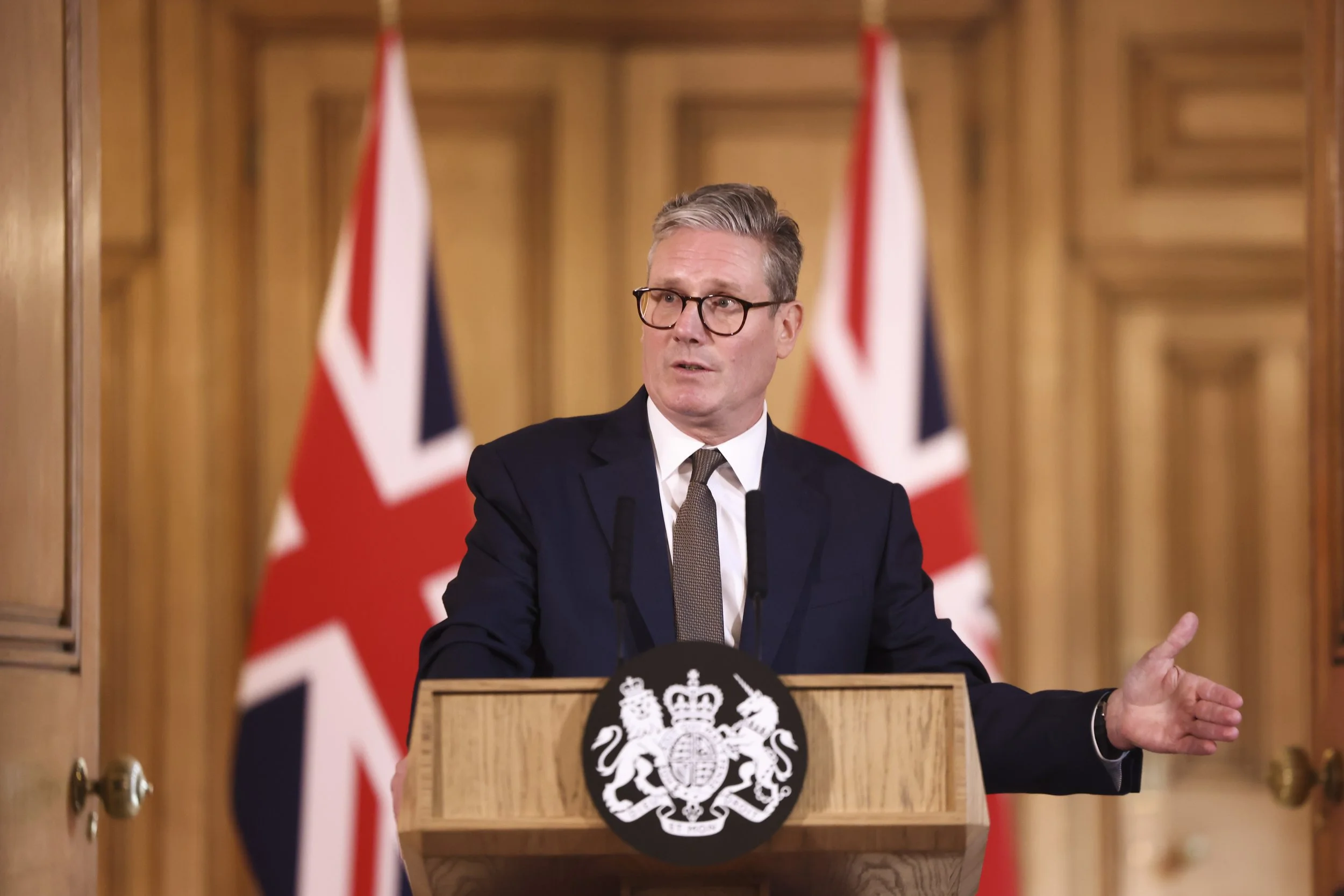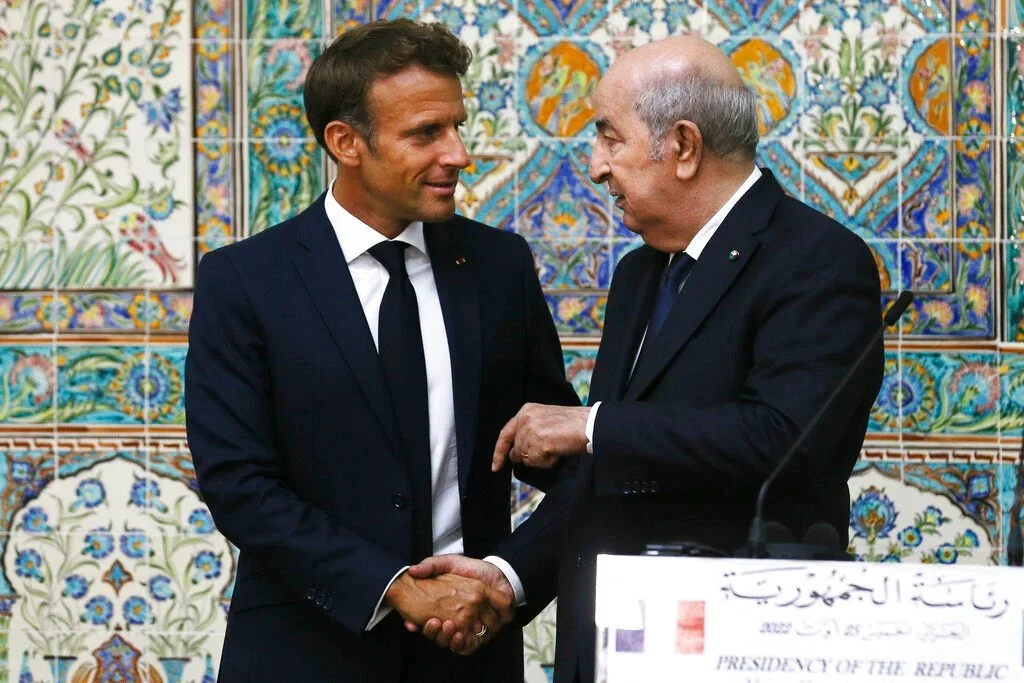The Prospect of a New Nuclear Deal
Donald Trump recently announced that he is open to nuclear diplomacy with Iran. Iran has been attempting to build a nuclear bomb for decades, and American, European, and Israeli attempts to prevent them have ranged from sabotage to assassinations to negotiation. Negotiating a new agreement like the previous Joint Comprehensive Plan of Actions (JCPOA), dubbed the Iran Nuclear Deal, presents new obstacles and pitfalls. To avoid further conflict, America must walk a fine line between standing up to Iran’s Islamist government and state-sponsored terror while not falling prey to its own hubris. The United States and Iran have a long and complicated history in the modern day. Iran under the Shah was the US’s principal ally in the Persian Gulf until the Iranian Revolution of 1979 brought the world’s first Islamic government to power. The resulting Iran hostage crisis of 1980 led to the severing of diplomatic relations and economic sanctions. Over the last forty-five years, the Islamic Republic has grown in influence and expanded its network of terrorist proxy forces, which it calls the “Axis of Resistance,” throughout the Middle East.
The premise of nuclear diplomacy with Iran is the lifting of sanctions in exchange for IAEA inspections and limits on uranium enrichment. Back in 2015, Obama negotiated the original Iran Nuclear Deal along with the five permanent Security Council members and Germany. However, the original Iran Nuclear Deal was deeply divisive in Congress and also damaged relations with the US’s two closest Middle East allies, Israel and Saudi Arabia. Neither country was included in negotiations even while both faced major security threats from Iran. The Trump administration ended the attempt at rapprochement by pulling out of the Iran Nuclear Deal in 2018 and beginning a “Maximum Pressure” sanctions policy on Iran. On 3 January 2020, Donald Trump assassinated General Qasem Soleimani, the leader of Iran’s Quds Force, the military wing of the Iranian Revolutionary Guard, with a drone strike at Baghdad International Airport. Soleimani was a devious figure and an important member of the Iranian regime, but Trump’s own impulsiveness hijacked the situation. Trump threatened in a series of tweets to bomb Iranian cultural sites if the countries went to war and was met with international condemnation.
Biden initially pledged to rejoin the Iran Nuclear Deal during his election campaign in 2020, but once he became president, talks with Iran stalled and later fizzled out. In August 2022, author Salman Rushdie was stabbed onstage at a public lecture in Chautauqua, New York. Iran’s previous Supreme Leader, Ruhollah Khomeini, had declared a fatwa, a religious verdict, calling for Rushdie’s death after the publication of his book The Satanic Verses. Iran’s Supreme Leader claimed that they did not orchestrate the assassination attempt but that it was nonetheless “deserved.” Furthermore, in spring 2023, it was reported that Biden’s Special Envoy to Iran had been suspended and under investigation by the FBI, with the details of the case still emerging. These incidents likely worsened the already dying Iran Nuclear Deal. In September 2023, Biden successfully negotiated a hostages-for-money agreement. In it, Iran would release six US citizens hostage in Iran in exchange for six billion USD that had been seized during the Revolution. The US and Iran were in the middle of the deal when Hamas's 7 October 2023 attack on Israel upended the Middle East and Biden’s Iran policy for the next year and a half. For the rest of his administration, Biden’s Iran policy was guided by arming and defending Israel against Iran and its proxies.
Trump inherits Iran policy at a crossroads. The biggest inhibitor of the US making an agreement with Iran is that Iran does not want to make one. Iran’s president, Masoud Pezeshkian, after Iran faced severe energy shortages due to Western sanctions, promised the Iranian people to make a deal and seek out better relations with the West. But he was denied this by Iran’s supreme leader, Ali Khamenei, who holds the real power in the country. Pezeshkian expressed his personal objection but now appears powerless to bring about the real change that he promised. More troubling is Iran’s increased partnership with Russia, Pezeshkian visited Moscow in January of this year where he announced a 20-year strategic partnership with Russia. Iran also exports its oil to China. Iran is also still vehemently opposed to Israel’s right to exist. With the loss of the Asad regime in Syria and the near loss of Hezbollah in Lebanon, the Axis of Resistance is wounded, but not defeated. Most importantly, is the ongoing US intervention against the Houthis in Yemen, where the US military has been conducting drone and airstrikes for months. Iran still publicly denies weapons shipments to Yemen. And yet, Iran’s supreme leader is 85 years old with no obvious successor. The window of opportunity for nuclear diplomacy with Iran may be long closed, but it should still be attempted if orchestrated correctly.
To successfully obtain a nuclear deal, the Trump administration should keep the maximum pressure policy on Iran, as opposed to sanctions relief being a precondition for negotiation. Unlike Obama, who depended too much on selling the JCPOA to Congress and the American public, Trump and his team must be willing to walk away from the table at any stage in the process. The second and more critical issue when designing Iran policy is avoiding hubris. Iran’s government is oppressive and unpopular, but the United States should not get false ideas about what it can achieve. A revolution cannot be coerced through sanctions; six decades of US policy towards Cuba have proved that. The United States should support the messages of dissidents and human rights groups in the Iranian diaspora but should keep in mind that these organizations have little power to bring about fundamental change in Iran. The Iranian diaspora is not a united political front. Prominent organizations like the National Iranian American Council (NIAC), the National Union for Democracy in Iran (NUFTI), and the Mojahedin-e-Khalq (MeK) each have vastly different approaches and ideas about what Iran should look like. The Iranian opposition both inside Iran and out, lacks a unifying leader, unlike Khomeini in the Islamic Revolution. Iran had widespread anti-government protests in 2022 after the killing of Mahsa Amini which were brutally suppressed before winding down. Unlike the somewhat successful Arab Spring protests in 2011, Iran is a much larger country with many more population centers than Libya, Bahrain, or Egypt. The thought of a liberal democracy in Iran is enticing but still far off.
The United States should only use force to stop Iran’s nuclear program unless absolutely necessary, and should lose any notion of “freeing” Iran through military force. War with Iran would be disastrous. Nothing would make the Iranian people rally around their government’s isolationism and anti-Americanism more than antagonism from the United States. The United States, especially under the Trump administration, should not entrap itself in an Iraq War-like fiasco. While Trump states that he wants a Nuclear Deal now, his irrational threats after Soleimani’s assassination showed how unpredictable he is on Iran. The world’s most volatile man in the world’s most volatile region is not a good mix.
In all, the prospect for a new nuclear agreement is slim, but with Iran at the “lab-e partgah” or “edge of the abyss” as Pezeshkian himself described, and with a succession crisis looming, diplomacy with Iran is possible. The Trump administration must walk a fine line between containing Iran and avoiding yet another devastating war.
Image courtesy of Khamenei.ir via Wikimedia Commons, ©2018. Some rights reserved.
The views and opinions expressed in this article are those of the author and do not necessarily reflect those of the wider St. Andrews Foreign Affairs Review team.



